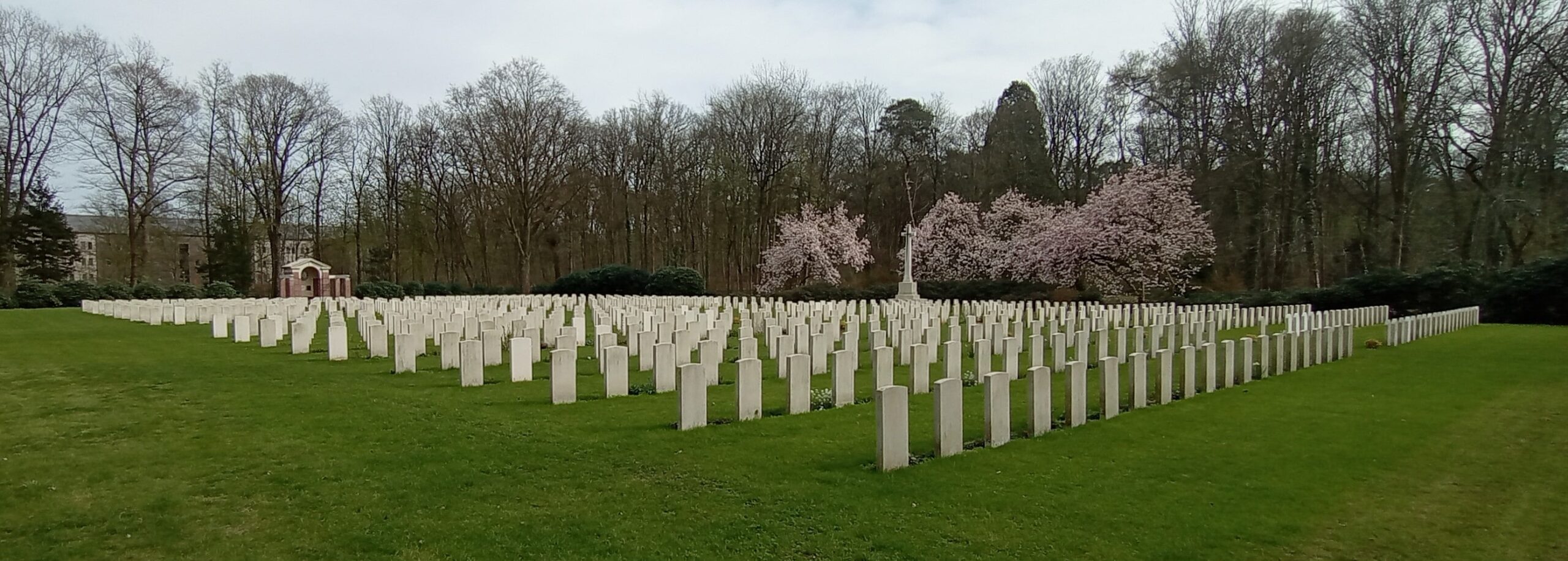Tuesday 26th March 2024
An early start, and pretty much alone as I walk the Eder Dam. Except for a sound that has accompanied me at most sites this trip. The familiar hammering of a woodpecker echoes from the steep wooded slopes either side of the placid Edersee and the Eder valley beyond the dam.
This was the second dam broken by No. 617 Squadron on the night of 16/17 May 1943. You can still, just about, make out where the breach was.
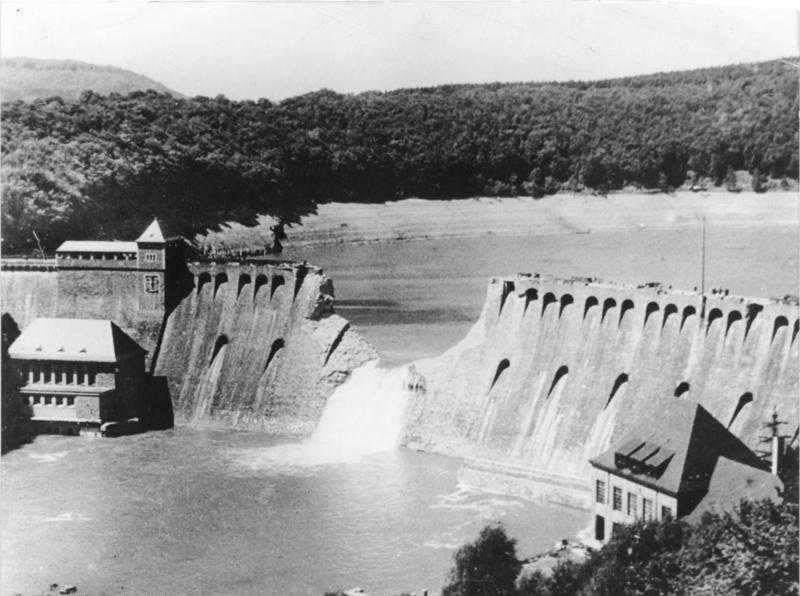
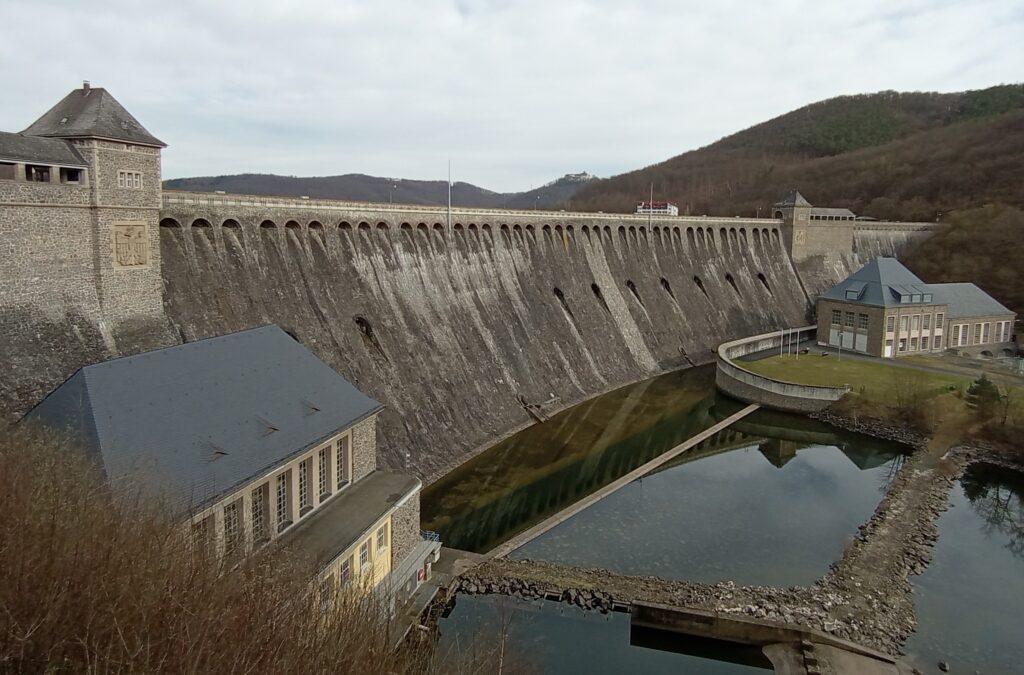
Standing on the top of the dam, directly above the faint curve of the breach, it becomes apparent how difficult it would have been to line up the Lancaster, to release the bomb at the correct distance and height, and then climb away rapidly to avoid the mountain beyond.
A short drive along the Eder valley to Affoldern and one of the most emotive memorials I have seen. It is hard to find the right angle to photograph it, to capture the sentiment properly.
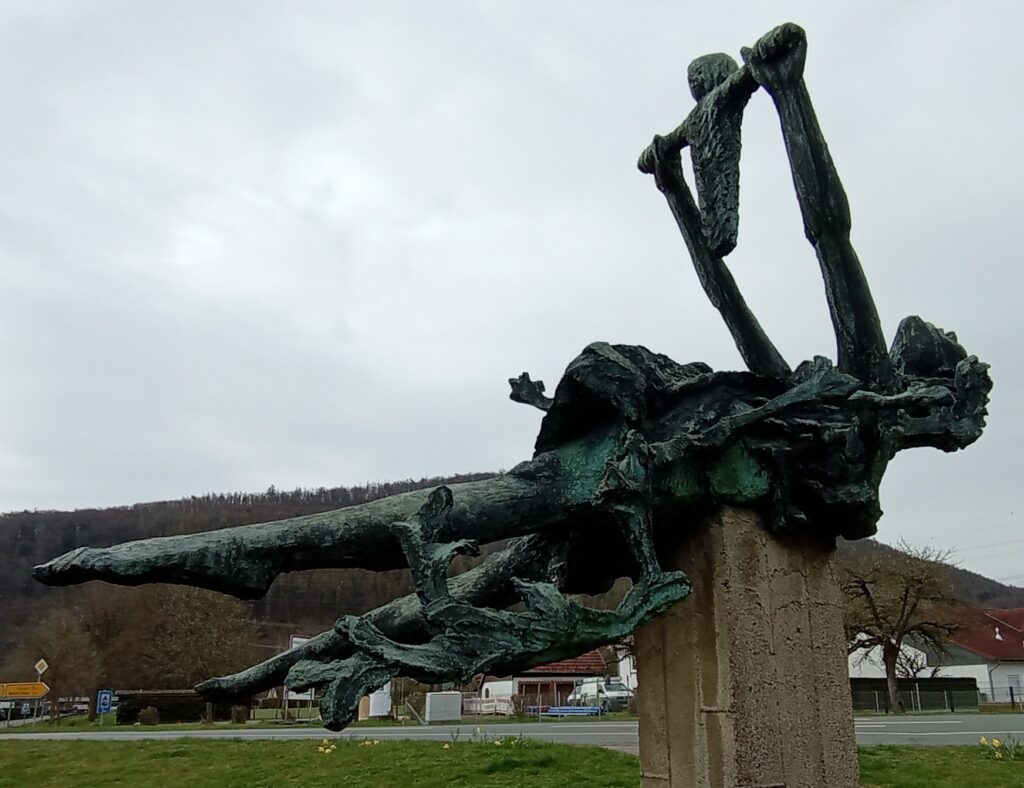
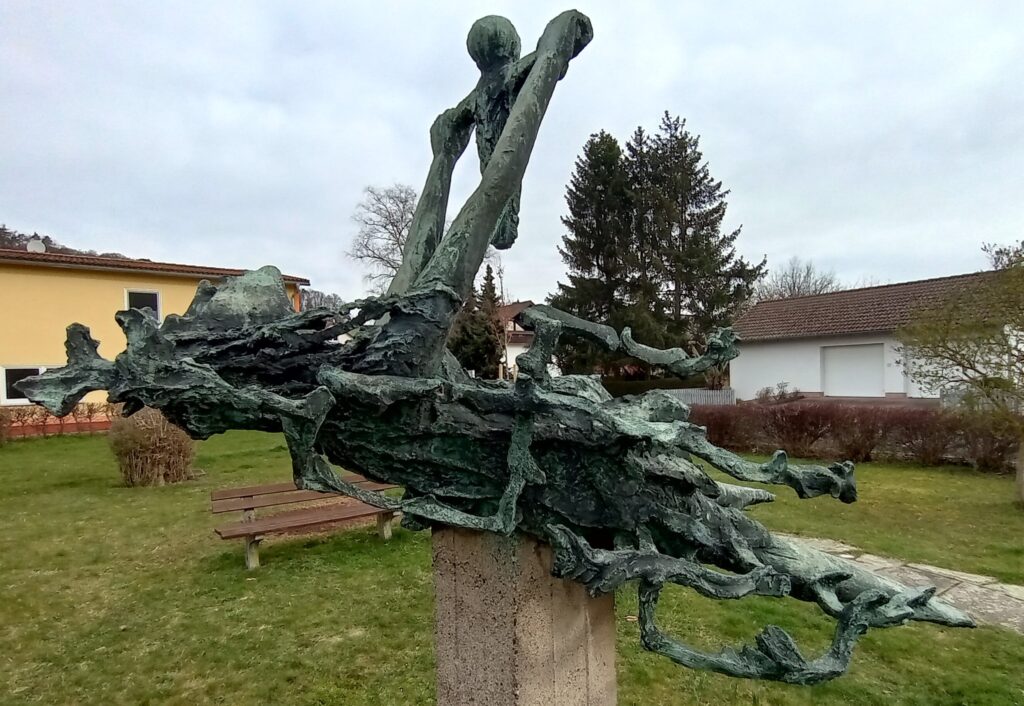
The accompanying plaque translates as ‘A memorial to peace. It shows a mother dying in the floods, holding up her child in agony.’ I am reminded of all the school children I saw visiting Buchenwald. I find my own metaphors, perhaps you find yours. Perhaps there is hope.
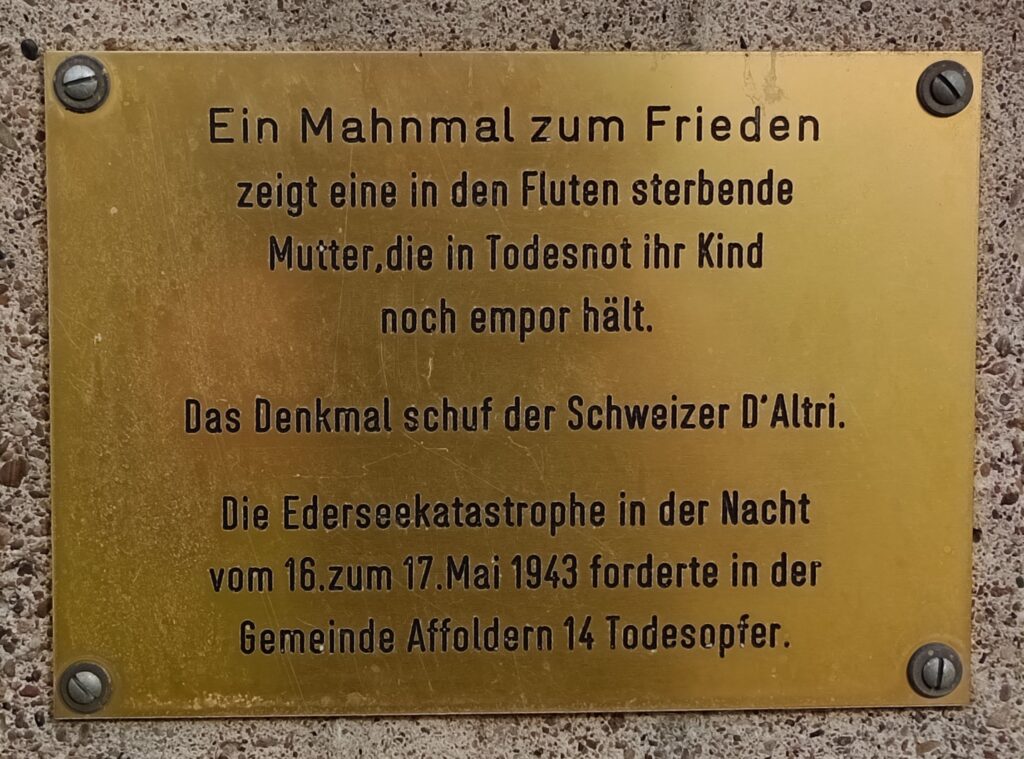
The next stop is the Leopoldsburg War Cemetery. The town was liberated in September 1944 and subsequently servicemen buried in various nearby locations were brought here, along with those who died in a newly established military hospital. There are 800 burials – 686 from the Army, 1 from the Navy, and 111 air force personnel. In particular, because it links with my visit to Nordhausen, I have come to see the graves of a No. 625 Squadron Lancaster crew, that failed to return on 3rd April 1945. On board was Thomas Collier (pilot, age 22), Donald Morrison (navigator, age 33), Arthur Bennett (wireless operator, age 20), Edward Ewington (air gunner, age 19), James McIntosh (air gunner, age 19), George Sheldon (bomb aimer, age 21), and George Valentine (flight engineer, age 21). The Lancaster crashed on return from the devastating raid to Nordhausen.
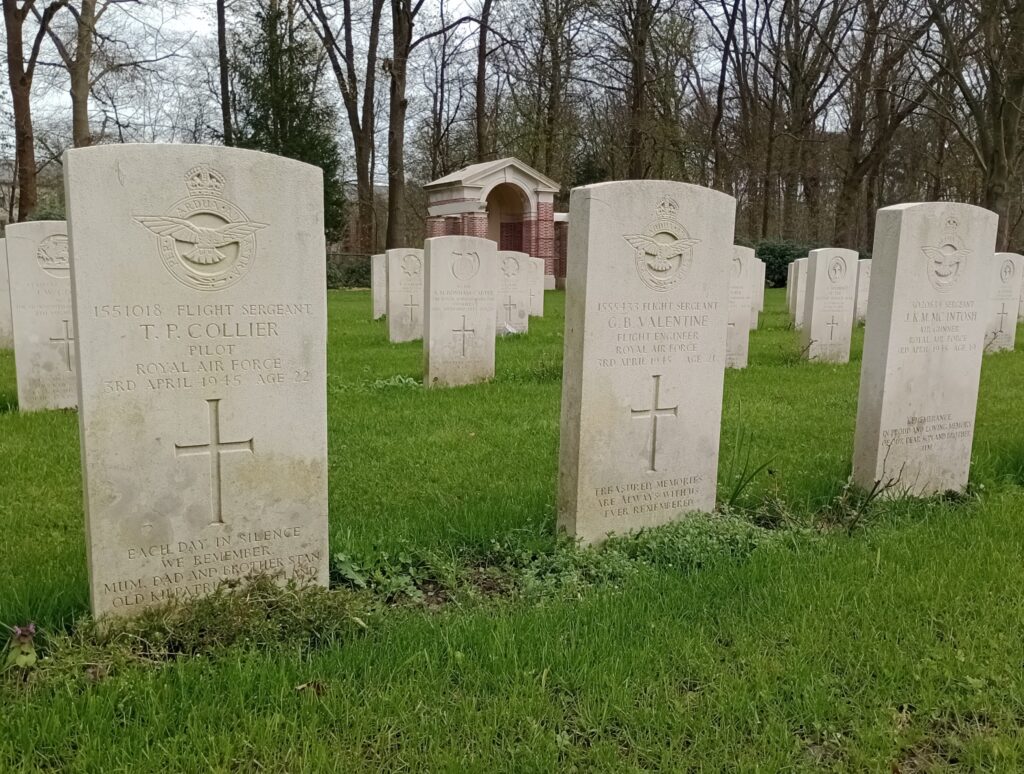
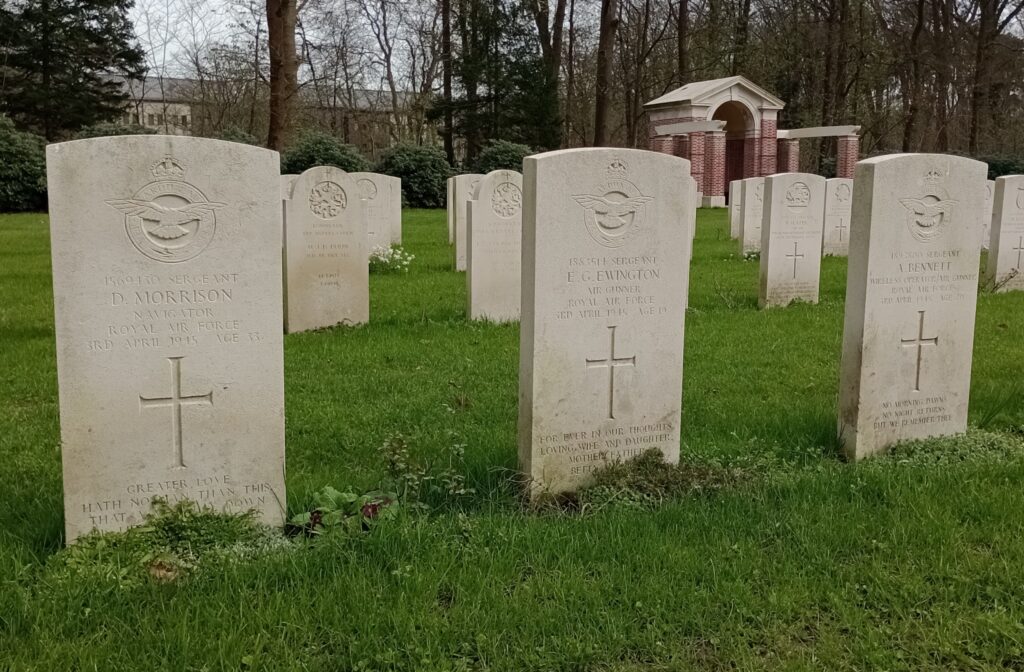
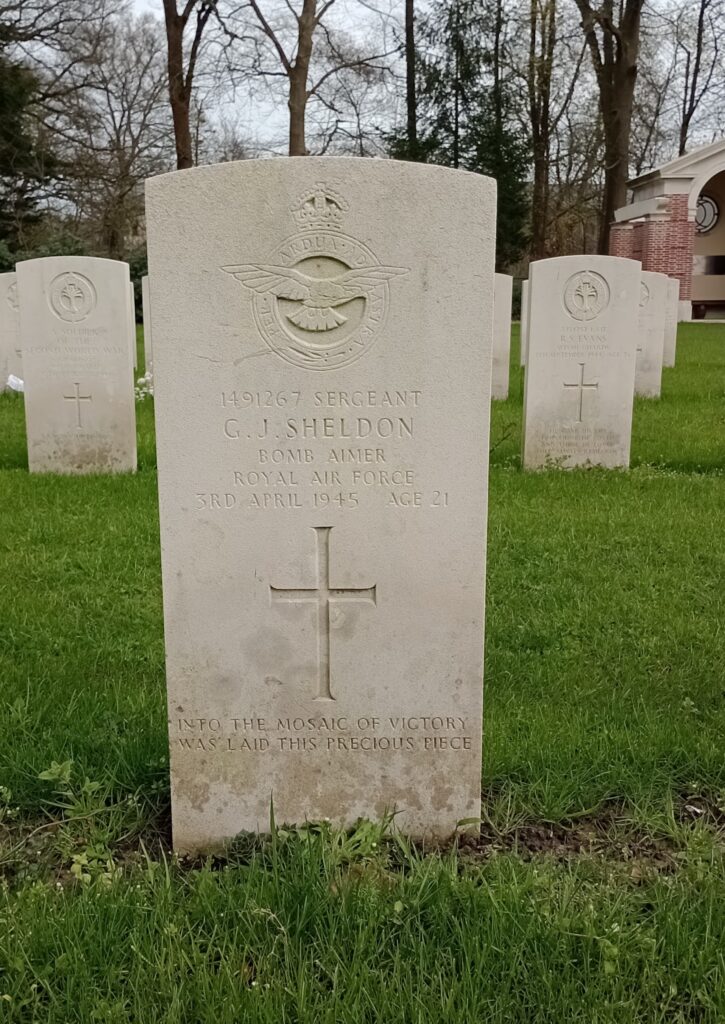
The final grave I visit is that of South African pilot Edwin ‘Ted’ Swales, who was awarded the Victoria Cross flying as a Master Bomber on a No. 582 Squadron Lancaster on one of the most devastating attacks of the Second World War, costing thousands upon thousands of lives, the Pforzheim raid of 23rd February 1945.
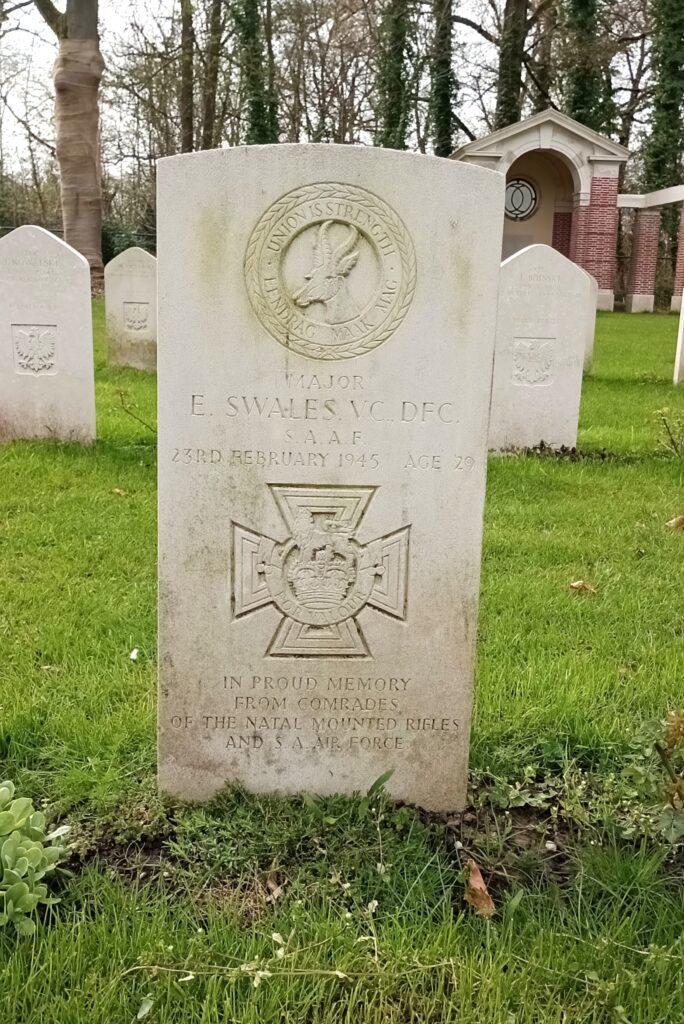
Despite a severely damaged aircraft, owing to sustained night fighter attacks, Swales carried out his Master Bomber duties over the target, and then tried to fly back to friendly territory, which he managed, just, ordering his crew to bail out. His VC citation ends, ‘Hardly had the last crew-member jumped when the aircraft plunged to earth. Captain Swales was found dead at the controls. Intrepid in the attack, courageous in the face of danger, he did his duty to the last, giving his life that his comrades might live.’
This is the last site I visit. Now the three hour drive to the Channel Tunnel terminal. I try out the radio and pick up BBC five live and the news. I don’t listen for long. Having just boarded the Eurotunnel train there is the ‘bing bong’ to bring our attention to an announcement. The driver welcomes us on board and says, ‘My name is Spartacus.’ Coincidentally it is also the name of many others on board. Such is the power of story.
